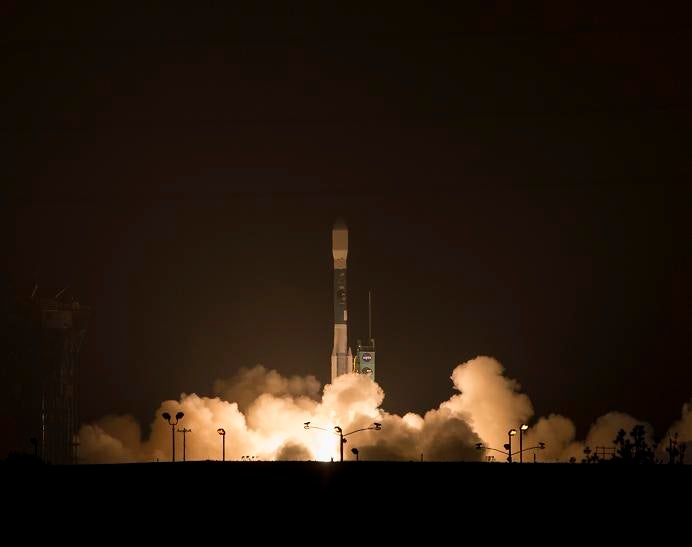

Nasa has launched a soil moisture active passive (SMAP) observatory designed to collect data of soil moisture below the Earth’s surface.
Said to be the agency’s first Earth satellite, the SMAP launched from Vandenberg Air Force Base, California aboard a United Launch Alliance Delta II rocket.
Approximately 57 minutes after liftoff, the satellite separated from the second stage of Delta II to an initial 411 by 425 mile orbit.
The spacecraft established communications with ground controllers following a series of activation procedures, and deployed its solar array.
As part of a three-year mission, SMAP will play a key role in understanding key components of the Earth system that brings together water, energy and carbon cycles.
Nasa said radar and radiometer instruments will evaluate the top 5cm of soil, to generate accurate soil moisture maps from space..
Data accumulated by SMAP will allow enhanced climate and weather forecasts, as well as the monitoring of droughts and predictions of flooding caused by rainfall or snowmelt.
Nasa administrator Charles Bolden said: "The launch of SMAP completes an ambitious 11-month period for Nasa that has seen the launch of five new Earth-observing space missions to help us better understand our changing planet.
"Scientists and policymakers will use SMAP data to track water movement around our planet, and make more informed decisions in critical areas like agriculture and water resources."
SMAP will also allow scientists to find variations in spring thaw timing and changes in the season length, to evaluate the amount of carbon plants are removing from the Earth’s atmosphere annually.
In the next few days, SMAP and its ground system will be commissioned in preparation for routine science data collection.
First SMAP soil moisture data is expected to be released in nine months, and validated data is expected to be available within 15 months.
Image: Nasa’s SMAP observatory launched aboard a United Launch Alliance Delta II rocket. Photo: courtesy of Nasa / Bill Ingalls.


